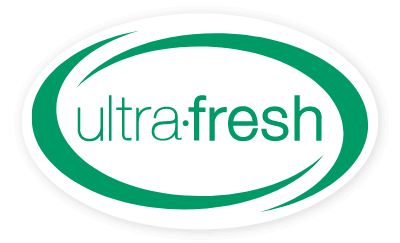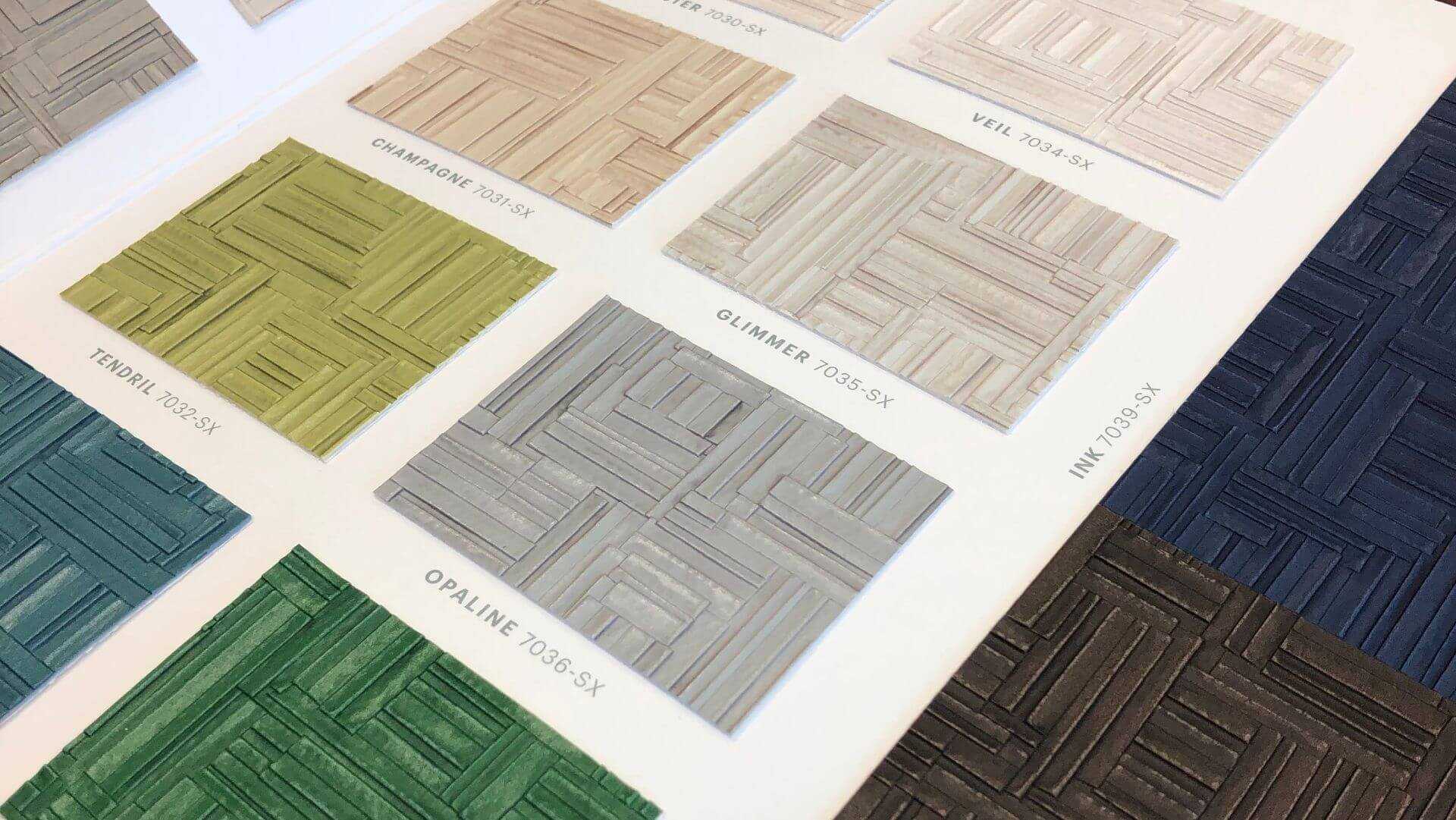Your wallpaper is the strangest thing in your home that you never think to clean.
While nooks and crannies may develop dust and your cellphone never seems to get wiped down after a long day, wallpaper is an area that can harbor incredible amounts of bacteria and mold without you knowing about it.
Even though it never comes off your wall, what can happen behind the beautiful patterns is nothing short of grotesque.
How does it happen? What can be done to protect your wallcovering? Let us tackle this subject below.
Mold Behind Wallpaper – Oh, My!
Wallcoverings isn’t a one-and-done project that many people make it out to be. It takes care and monitoring to ensure longevity.
Moisture will always be able to find its way into the most precarious of places. Wallpaper is not impervious to this homely phenomenon.
While wallpaper is designed to breathe new life into space with beautiful colors and captivating patterns, it does not offer a way to monitor what is happening to the drywall beneath.
Leaks, water damage, and thermal bridges can permeate your outer and inner walls, and without a way to drain or dry, mold under wallpaper is highly probable.
Mold loves dark, moist environments, and the space behind your wallpaper just might be perfect, especially during the summer months when humidity is high. Even though fungal spores are tiny, when they sprout and begin growing, they become visible to the naked eye fairly quickly.
By the time you notice a stain coming through your wallpaper, it is already way too late!
As we have warned, time and time again, this is a recipe for disaster – moisture and hidden places are not to be mixed!
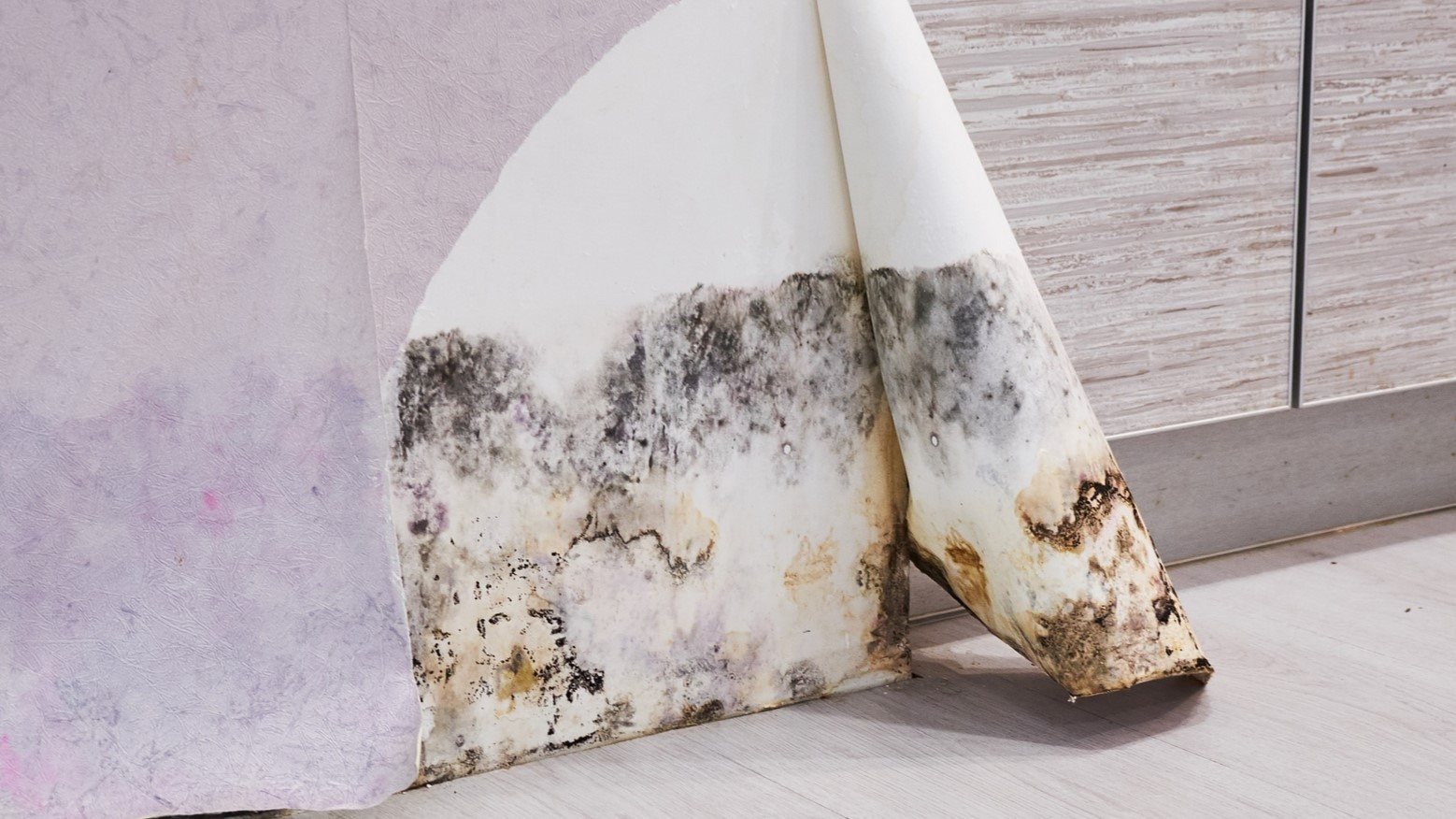
Is Mold on Wallpaper Dangerous?
Andersen et al. (2011) found wallpaper is a good food source for fungi such as Acremonium spp., Penicillium chrysogenum, Stachybotrys spp., and Ulocladium spp. However, there is a good chance the mildew growing behind your wallcovering is not harmful.
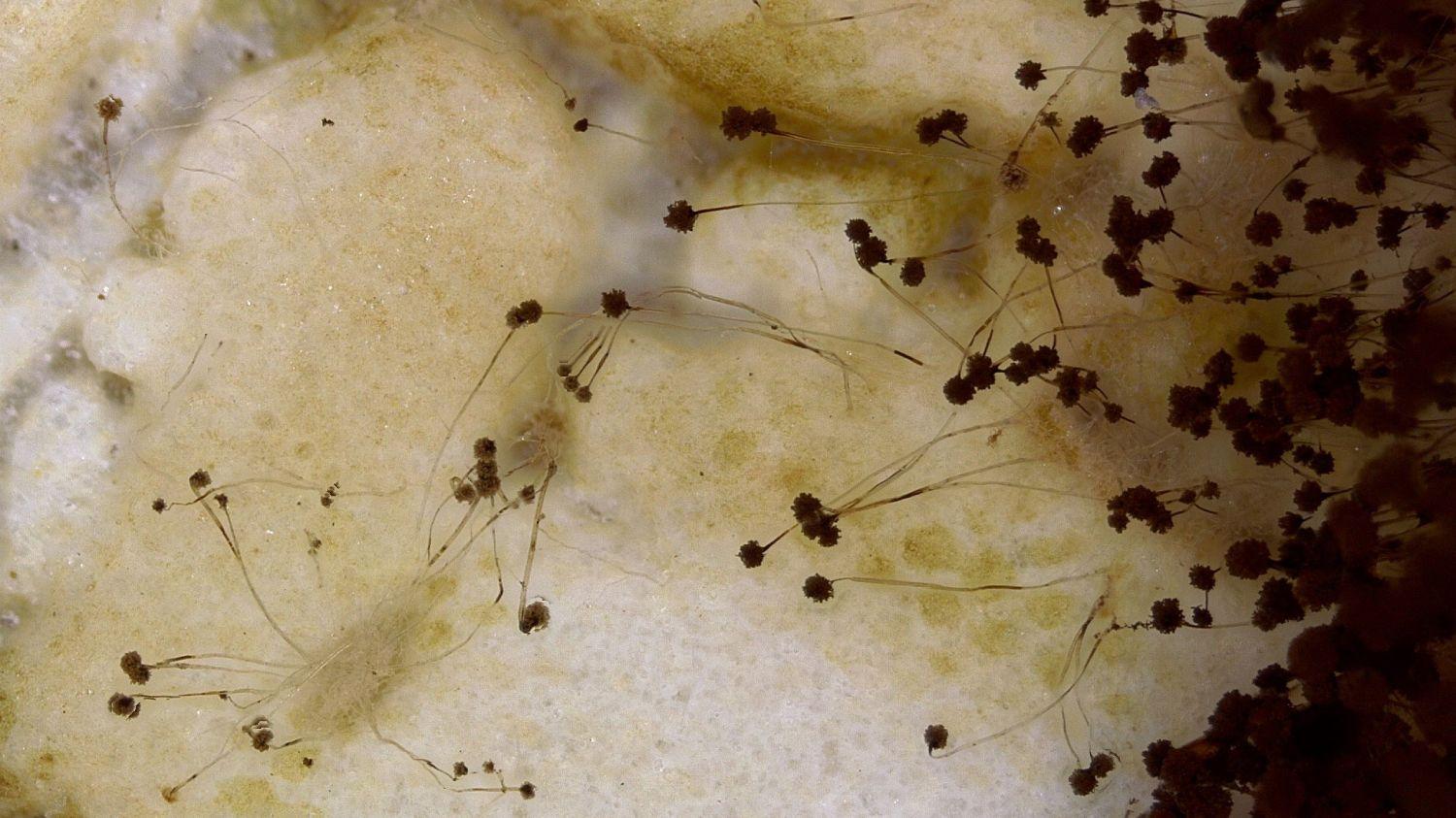
But seriously, who wants it there even if it is benign? Mold on wallpaper can cause other issues such as staining and musty smells. Once it takes hold, it will only get worse with time.
What can be done to help make wallpaper mold resistant?
Antimicrobial Treated Wallpaper for a Cleaner Finish
It wouldn’t be practical to peel away your wallpaper every couple of months to figure out if mold has been accumulating. After all, it is quite a large home project to get wallpaper looking perfect in the first place. Plus, it is an unneeded additional expense.
So, there must be a better way of handling it - right?
In addition to protecting against unwanted odor and staining, antimicrobial wallpaper is the best product on the market to help with product longevity.
Not to be confused with antibacterial, which only fights bacterial growth, antimicrobial wallpaper treated with an antimicrobial agent provides broad-spectrum activity against a whole host of bacterial, mold, and mildew growth.
Just like regular wallpaper, there are endless designs or custom prints that you can purchase to complete the look you’re going after. But the benefits don’t stop there. Antimicrobial wallpaper can have all the fantastic features that regular wallpaper has too, and more!
These benefits include:
- Doesn’t attract dirt and dust like painted walls,
- Micro-venting technology to help reduce moisture build-up (visit our partner Len-Tex Wallcoverings to learn more)
- Washable using at home mild soaps and sponges,
- Environmentally responsible additives
- Low VOCs
- Installed easily,
- Fire-rated for protection, and;
- Customizable to your dimensions
Commercial and Residential Mildew Resistant Wallcoverings
Antimicrobial wallpaper isn’t just made for homes, there are plenty of practical applications for commercial purposes, such as hotels, offices, casinos, restaurants, daycares, retail, etc.
However, plenty of other materials, such as fabric-backed vinyl, have been used with great success. These heavy-duty wallpapers offer thicker coverage and are often quite useful in areas of high traffic, including condominium building entrances.
Activity Ingredients Used to Create Mildew Resistant Wallpaper
For many years, the wallcoverings industry incorporated 10,10'-oxybisphenox-arsine or "OBPA" as the antimicrobial of choice for wallpaper and other end-uses like polyurethane foam and polymers. The preference for this arsenic-based biocide was due to its low cost and effectiveness.
Today, finished materials using OBPA as an antimicrobial technology are not permitted for sale in Europe because this antimicrobial biocide is not BPR listed. Additionally, items imported into Europe for sale also are not allowed to contain OBPA. As a result, many manufacturers in North America have moved away from this outdated and undesired technology.
This has led to the development of a newer generation of more environmentally responsible and equally effective, antimicrobial technologies for wallcovering products.
What is Ultra-Fresh?
Ultra-Fresh is a range of safe and effective antimicrobial treatments used to help prevent odors, staining, and degradation caused by the growth of bacteria, mold, and mildew.
Ultra-Fresh is incorporated into products, such as wallpaper, during the manufacturing process and makes them a much less appealing food source for microbes.
Microbial growth, and their resulting unpleasant odors and unsightly stains, don't have an opportunity to take hold, thus helping to keep products cleaner, fresher, aesthetically pleasing, and more durable.
Ultra-Fresh Antimicrobial Treated Wallcoverings
Both Len-Tex Wallcoverings in North America and Newmor Wallcoverings in the UK, infuse Ultra-Fresh antimicrobial technology directly into the material during processing by the manufacturer to create beautiful mold-resistant wallpaper.
We've tested these products in our lab using standardized test methods to ensure they can withstand conditions that are optimal for microbial growth.
How to Test Mildew Resistant Wallpaper
The photos below demonstrate the benefit of adding antimicrobial additives to wallcoverings. When the conditions are right, mold and mildew can proliferate, especially when used in a humid environment.
The samples below were tested using the ASTM G21.

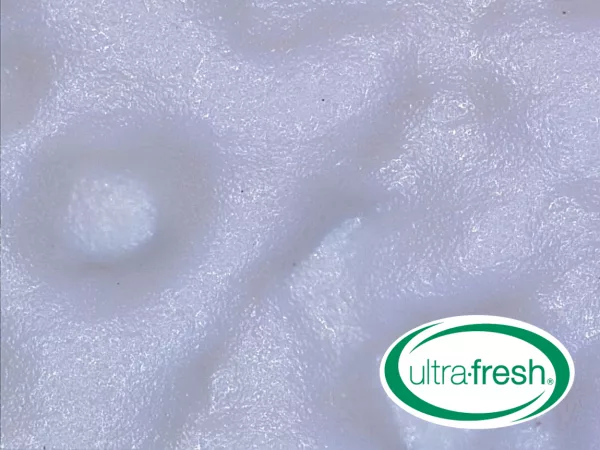
The untreated wallpaper supports fungal growth after the 28-day incubation period.
Alternatively, the Ultra-Fresh treated wallpaper remains free from mold growth after the same amount of time.
Which wallcovering would you like to have in your home?
Antimicrobial treatments help keep wallpaper cleaner and more aesthetically pleasing.
Want to Know More?
We wouldn’t be surprised if you have more questions on how to protect your home. This is why our blog offers plentiful tips from mattress cleaning to how to tell when you need to throw your old plastic containers away.
Learn more about us or contact us for more information.
More Interesting Reads:
- What is a Biofilm?
- Black Mold in Your Water Bottle: How to Spot & Remove it
- Bactericidal vs Bacteriostatic: What's the Difference?
- More blog articles...
